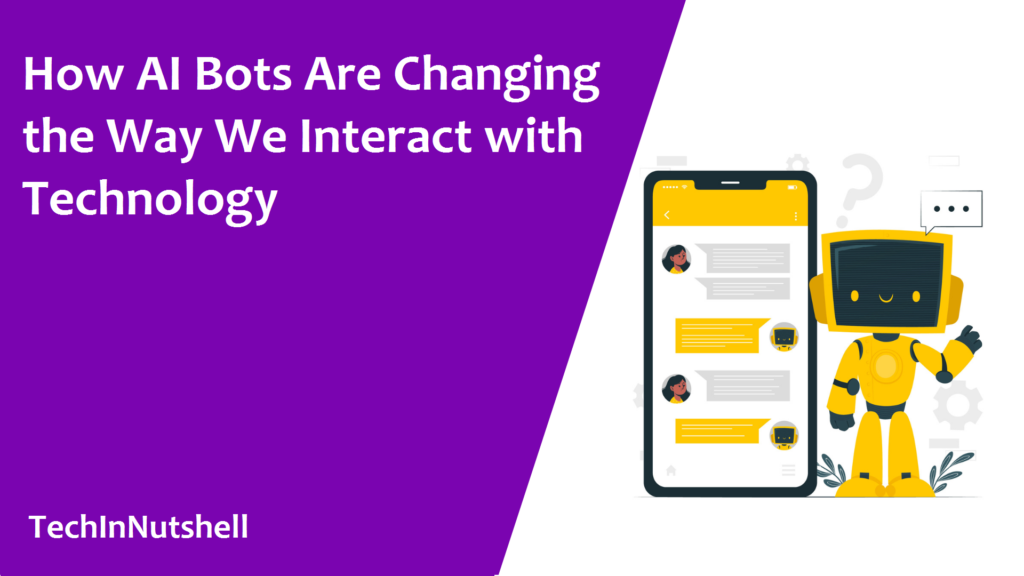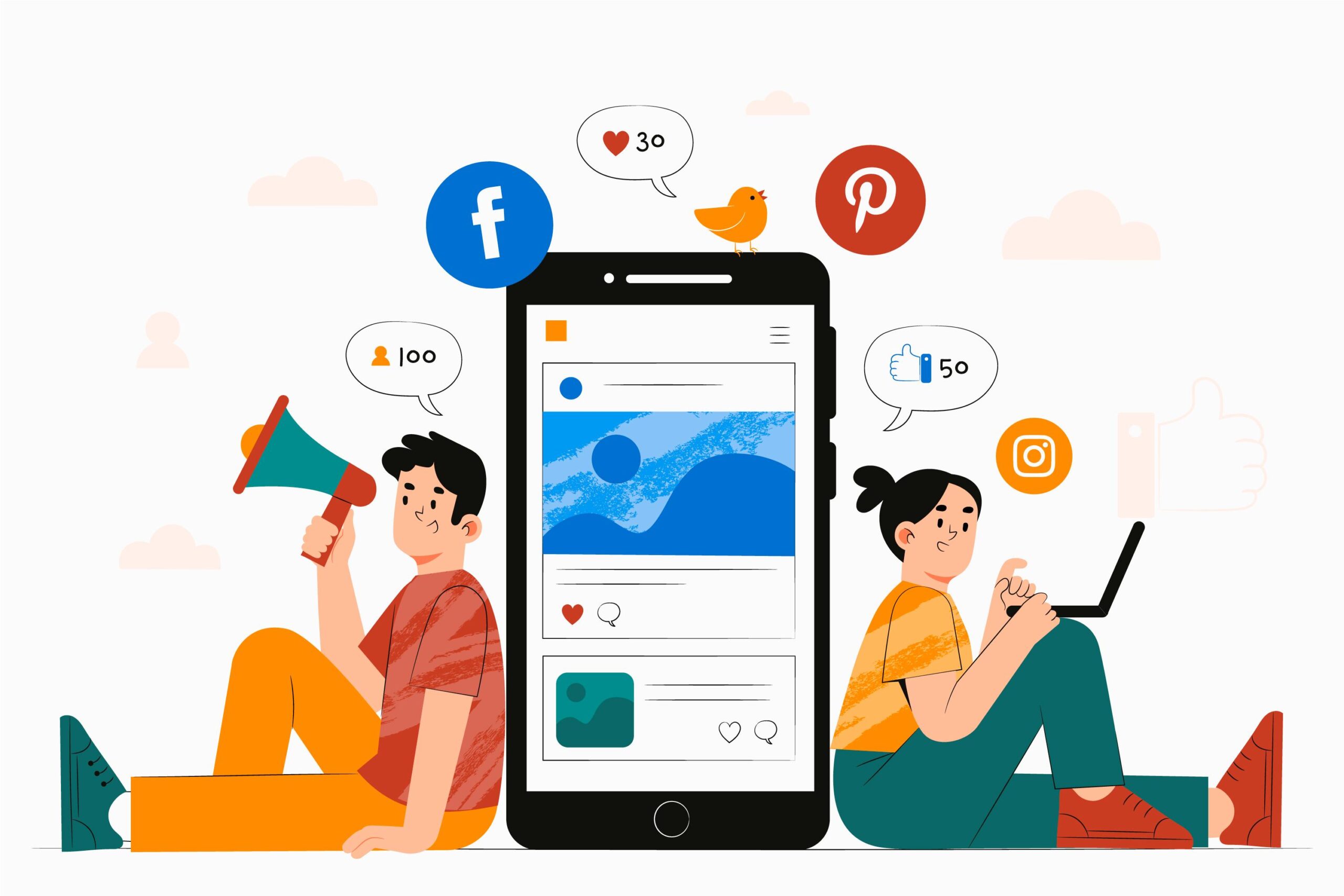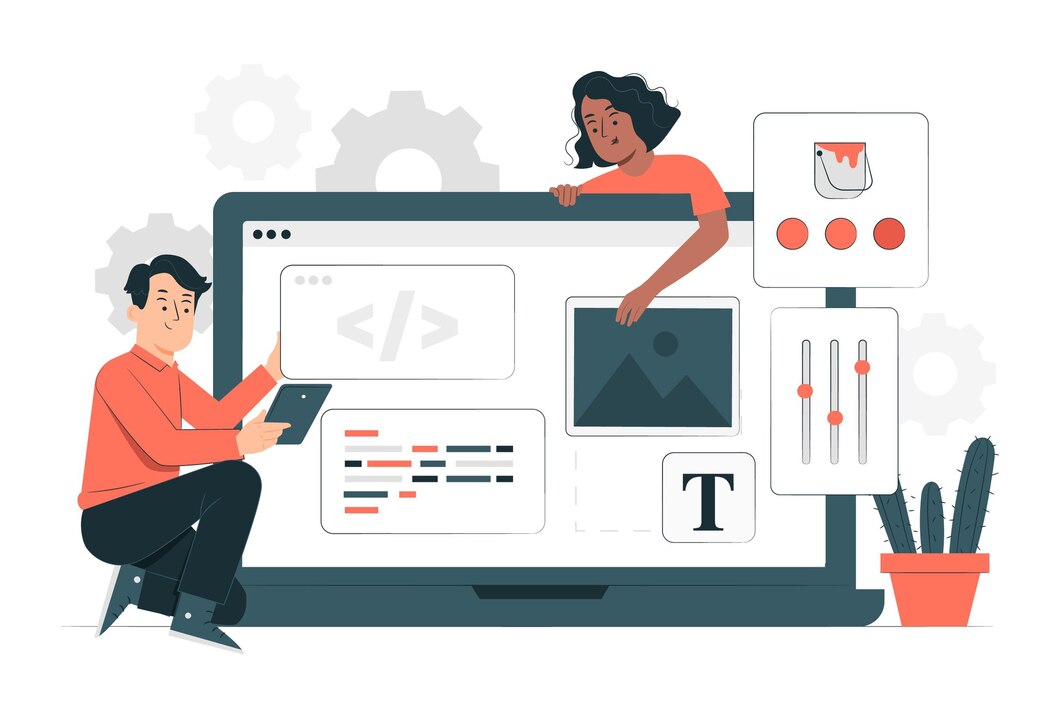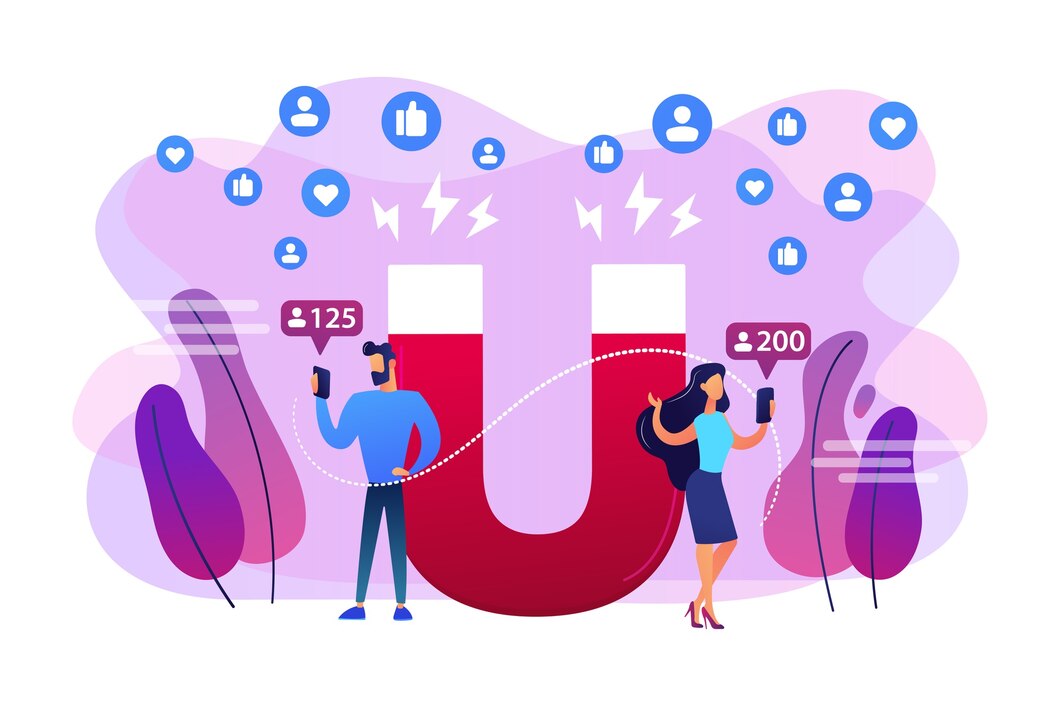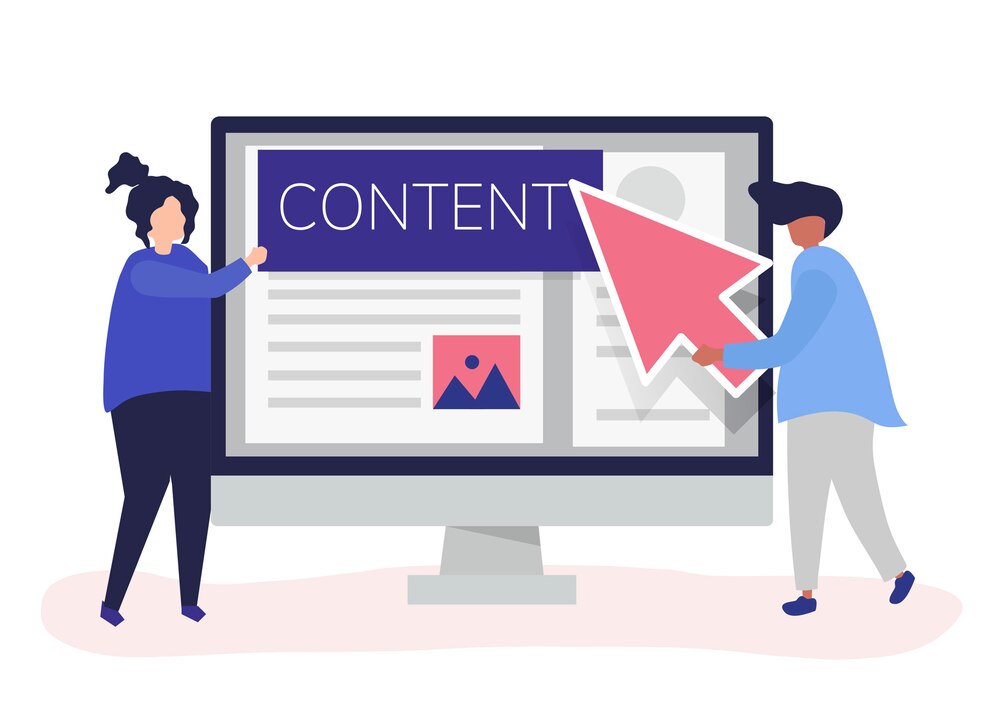In today’s technologically advanced world, AI bots are becoming increasingly embedded in our daily lives. These digital assistants can help us with tasks, give us information and even become our friends. We’ll covering everything from their types and uses to the technology that fuels them and the ethical questions they pose.
Types of AI Bots
Chatbots
Chatbots are virtual assistants that communicate with people via text or voice. They can be seen on websites, chat apps, and even customer support services. Natural language processing (NLP) is used by chatbots to interpret and answer to user queries, making them useful for offering quick and efficient support.
How chatbots work: Chatbots analyze user input, match it with predefined patterns or data, and generate relevant responses. They learn and improve over time through machine learning algorithms.
Use cases in customer support: Chatbots can handle routine customer queries, resolve issues, and direct users to appropriate resources.
Virtual Assistants
Virtual assistants like Siri, Google Assistant, and Alexa are AI bots that go beyond text-based interactions. They can understand spoken language and perform various tasks, such as setting reminders, controlling smart home devices, and providing information from the web.
Functionality and capabilities: Virtual assistants can perform tasks like sending messages, providing weather forecasts, playing music, and answering general knowledge questions.
Integration with smart devices: They are designed to work seamlessly with a wide range of smart devices, making them central to the concept of the Internet of Things (IoT).
How AI Bots are Changing Industries
AI bots are making significant waves in various industries, transforming the way businesses operate and improving the quality of services provided.
Healthcare
In healthcare, AI bots play a vital role in telemedicine, enabling remote consultations and monitoring of patients. They can also assist in medical diagnosis by analyzing patient data and research vast medical databases for treatment options.
Telemedicine and patient care: AI bots facilitate virtual doctor-patient interactions, reducing the need for in-person visits.
Medical diagnosis and research: Bots can process and analyze medical data at speeds beyond human capacity, aiding in quicker diagnoses and research breakthroughs.
E-commerce
In the e-commerce sector, AI bots offer personalized shopping experiences by analyzing user preferences and behavior. They provide product recommendations, helping customers discover items they may be interested in.
Personalized shopping experiences: Bots analyze user data to suggest products that align with individual preferences.
Customer recommendations: They help e-commerce businesses increase sales by guiding customers to relevant products.
Finance
In finance, AI bots are employed in automated trading, financial advice, and fraud detection. They use complex algorithms to analyze market data, make investment decisions, and identify potentially fraudulent activities.
Automated trading and financial advice: AI bots execute trades and provide investment advice based on market trends and user goals.
Fraud detection and security: They can detect unusual patterns in financial transactions, helping prevent fraudulent activities.
Also read – From HTML to Vue.js: The Ultimate Front-End Developer Roadmap
The Technology Behind AI Bots
To understand how AI bots function, it’s essential to delve into the technology that powers them.
Machine Learning and Natural Language Processing
AI bots rely on machine learning algorithms and natural language processing to understand and respond to user input.
Algorithms and training data: Bots are trained on vast datasets, allowing them to recognize patterns and context in user interactions.
Sentiment analysis and understanding context: NLP enables bots to discern emotions and context from text, leading to more contextually relevant responses.
Neural Networks
Deep learning and neural network architectures play a crucial role in enhancing AI bot performance.
Deep learning and neural network architectures: These technologies enable bots to process complex data and improve their decision making abilities.
Building Your Own AI Bot
Interested in creating your own AI bot? Here’s a simplified guide to get you started.
Choosing a development platform
Decide whether you want to build your bot using open-source tools or opt for a cloud-based solution.
- Open-source vs. proprietary: Open-source platforms offer flexibility, while proprietary solutions may provide more prebuilt features.
- Cloud-based solutions: They simplify bot development, offering scalability and cloud resources.
Data collection and preparation
Gather training data and preprocess it for effective bot training.
- Gathering training data: Collect relevant data, such as user queries and expected responses.
- Data preprocessing for training: Clean and format data to ensure it’s suitable for training machine learning models.
Training your AI bot
Understand the concepts of supervised and unsupervised learning and learn how to fine-tune your bot for better performance.
Supervised vs. unsupervised learning: Choose the appropriate learning method for your bot’s objectives.
Fine-tuning and continuous improvement: Regularly update and refine your bot to enhance its capabilities.
Ethical Considerations and Challenges
While AI bots offer tremendous potential, they also raise ethical concerns.
Bias and fairness in AI bots
Addressing bias in training data is crucial to ensure AI bots provide fair and unbiased responses.
Addressing bias in training data: Identify and rectify biases in your training data to avoid discriminatory outcomes.
Implementing fairness algorithms: Develop and implement fairness algorithms to ensure equitable interactions.
Privacy concerns
Protecting user data and privacy is paramount when developing AI bots.
Data protection and user consent: Clearly define data usage policies and obtain user consent for data collection.
Transparency and data usage policies: Be transparent about how user data is used and stored.
Technological limitations
AI bots, while powerful, have limitations that developers must be aware of.
Handling complex tasks: Understand the capabilities and limitations of your bot when handling complex queries.
Misunderstandings and misinterpretations: Be prepared for instances where your bot may misunderstand user input and provide inaccurate responses.
Future Trends in AI Bots
The evolution of AI bots continues, and the future holds exciting possibilities.
AI bots in education
AI bots are poised to revolutionize education by providing personalized learning experiences and acting as virtual tutors and mentors.
- Personalized learning experiences: Bots adapt learning materials to individual student needs, improving engagement and knowledge retention.
- Virtual tutors and mentors: AI bots offer guidance and support to students, enhancing the learning process.
AI bots in entertainment
In entertainment, AI bots are contributing to content creation, recommendations, and even interactive storytelling.
Content creation and recommendations: Bots are generating music, art, and literature, while also suggesting personalized entertainment options.
AI bots in social interaction
AI bots are finding their place in social interaction, offering virtual companionship and emotional support.
Virtual companions and friendships: Bots can provide companionship to individuals, especially those who may be isolated or in need of a friend.
Emotional support and mental health applications: AI bots assist in managing stress and providing emotional support.
Conclusion
AI bots are undeniably changing the way we interact with technology and each other. Whether it’s in healthcare, finance, or education, these digital assistants are reshaping industries and improving our lives. As technology continues to advance, so will the capabilities of AI bots. Embrace the future, explore the possibilities, and stay informed about this exciting revolution in digital assistance.

